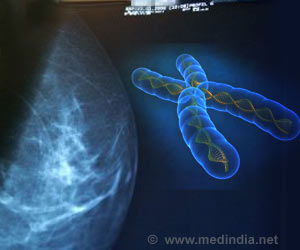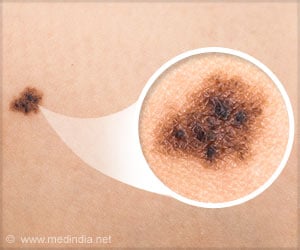Nomograms developed provide accurate prediction of overall survival and progression-free survival for patients with advanced oropharyngeal squamous cell carcinoma (OPSCC).

‘Survival of patients with oropharyngeal cancer can be predicted accurately with the help of nomograms.’





This nomogram was developed with data from clinical trials NRG Oncology/RTOG 0129 and 0522. Results were published online in the Journal of Clinical Oncology.A nomogram is a graphic depiction of models that can be utilized to estimate the numeric probability of death, disease progression, or other events for a particular patient.
Validated nomograms can be advantageous in determining social or biological factors that could be associated with survival. NRG Oncology's validated nomogram for prediction of survival in oropharyngeal cancer can be found on the NRG Oncology website under the Resources tab.
"Nomograms offer the ability to personalize survival estimates for patients based upon a host of factors that are clinically relevant when we meet patients," stated Carole Fakhry, MD, the study's lead author and an associate professor in the Department of Otolaryngology Head and Neck Surgery at John Hopkins University.
Researchers developed and validated the nomograms for OS and PFS using a derivation cohort and the models were applied to a validation cohort.
Advertisement
The validation cohort included 153 patients with OSPCC, a known tumor p16 status, and a smoking history who were randomized into NRG Oncology/RTOG 9003, a phase 3 study that evaluated SFX vs. concomitant boost vs. split-course accelerated vs. hyperfractionated radiotherapy.
Advertisement
Both models included age, Zubrod performance status, pack-years, education, p16 status, tumor and nodal stage; however, the OS model also included anemia and age to-pack-year interaction, while the PFS model included marital status, weight loss, and p16 to Zubrod interaction. Predictions correlated well with observed 2-year and 5-year outcomes.
"These nomograms will help in providing patient-specific estimates of survival that can be used for risk-stratification and discussions of prognosis with patients," added Dr. Fakhry.
Source-Eurekalert













